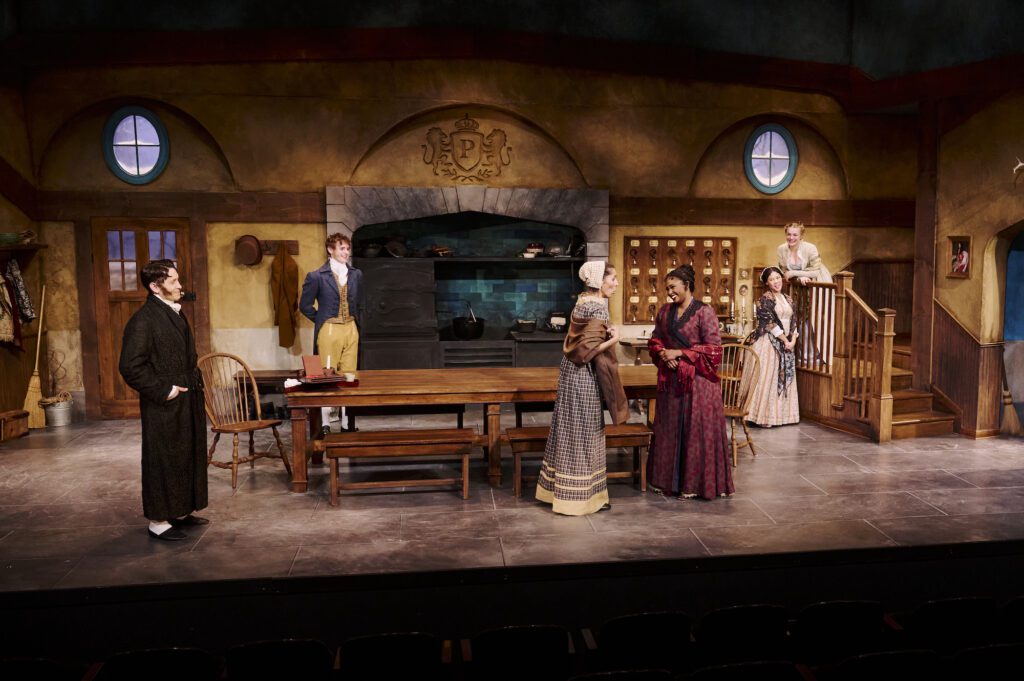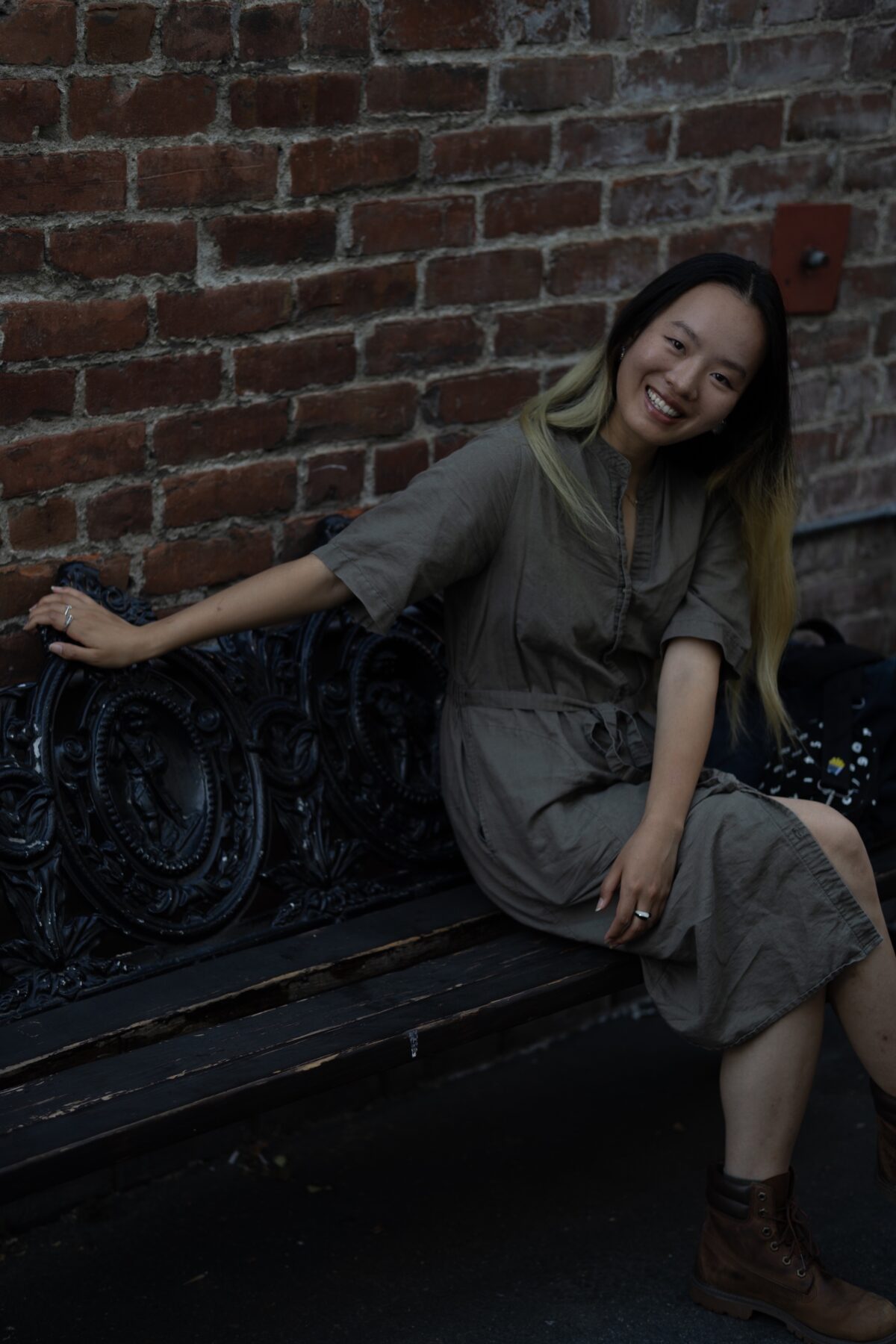For Xuewei Eva Hu, light is more than a technical tool — it’s a language. Born and raised in China and now based in the U.S., Hu has built a career that bridges cultures, mediums, and scales, from intimate black box theatres to the Grammy Awards stage. With an MFA in Lighting Design from Carnegie Mellon University, her work has been praised for its sensitivity and precision, illuminating stories in ways that audiences often feel before they consciously notice.
Whether shaping the quiet passage of time in Birthday Candles or programming complex sequences for the Tonys, Hu sees light as an emotional undercurrent, guiding attention and memory with restraint and imagination. In this interview, she reflects on her journey from China to the U.S., her philosophy of lighting as poetry, and her commitment to building space for Asian and immigrant stories in American theatre and beyond.
Could you share a little about your journey into lighting design?
I was born and raised in China, where academic success was prioritized over creativity. But I was drawn to storytelling — first through books, then theatre. When I moved to the U.S. for college, I studied Theater and Performance Studies at UC Berkeley and discovered my voice behind the scenes. Lighting design felt like poetry: nonverbal, emotional, fluid. I was fascinated by how light could shift perception, hold silence, or reveal subtext without a word.
After undergrad, I toured China as a stage manager for DoodlePOP and worked on immersive theatre before pursuing an MFA at Carnegie Mellon. CMU shaped me profoundly and opened doors to opportunities across the country, from regional theatre to broadcast events like the Tony and Grammy Awards. My journey hasn’t been linear, but it’s always been about using light to connect people — to illuminate the emotional space between cultures, languages, and identities.

How has your background shaped your artistic voice?
Being Chinese in America, often the only Asian woman in the room, has made me attuned to silence and nuance. Lighting has become my way to explore those quiet, in-between spaces. I’m drawn to dualities: joy and grief, presence and absence, control and surrender. I grew up observing first and speaking second, which now helps me listen deeply — to collaborators, to a story, to a room — and let the lighting respond rather than impose. Empathy is at the heart of my work. My goal isn’t just to light a stage but to illuminate what’s emotionally at stake for performers, audiences, and stories that deserve to be seen in their full complexity.
When working on large productions, how do you balance spectacle with artistic sensibility?
Working on shows like the Tony Awards, the Grammys, and America’s Got Talent demands speed, clarity, and precision. As a lighting assistant, I’ve learned from top designers how spectacle is crafted for impact, not just beauty. I contributed by programming sequences, ensuring transitions felt seamless, and maintaining visual consistency. Even at that scale, I try to bring my own perspective — how color shifts emotional tone, or how stillness can be as powerful as movement. For me, every lighting choice must have a purpose.

Lighting is often described as “invisible” when done well. How do you see your role in shaping the audience’s emotional experience?
Light is most powerful when it’s felt before it’s noticed. It guides where attention rests, how the audience breathes, how they move through time with the characters. In Birthday Candles at City Theatre Company, which follows a woman’s entire life in one continuous scene, the lighting carried the passage of time. Warm ambers shifted to cooler tones with grief or distance; subtle cues marked memory, joy, and loss. Audiences may not have noticed consciously, but they felt it. A TribLIVE review called the lighting “the true star of the technical show,” capturing exactly how I hope my work resonates: invisible yet unmistakable.
Do you draw inspiration from outside theatre?
Constantly. Natural light — filtering through fabric, reflecting off concrete, hitting skin at golden hour — is my greatest teacher. I also draw from installation art, architecture, and painting. James Turrell showed me light can be the art, while Chinese ink wash painting influences my use of softness, negative space, and composition. I observe how light shapes emotion in everyday life and bring that sensitivity back into the theatre.
Your next show is coming up in Florida. What excites you most about it, and what’s ahead?
This fall, I’m designing Into the Woods at Ocala Civic Theatre. We’re framing it through the imagination of a young girl, which lets me lean into magical, surreal worlds — shadow play, bold contrasts, and dynamic transitions mirroring a child’s emotional journey. Looking ahead, I’m eager to keep working across disciplines — broadcast, installation, immersive theatre — while centering underrepresented voices, particularly Asian and immigrant stories. I also want to mentor younger Asian designers, helping them see that there’s a place for them in this field.


